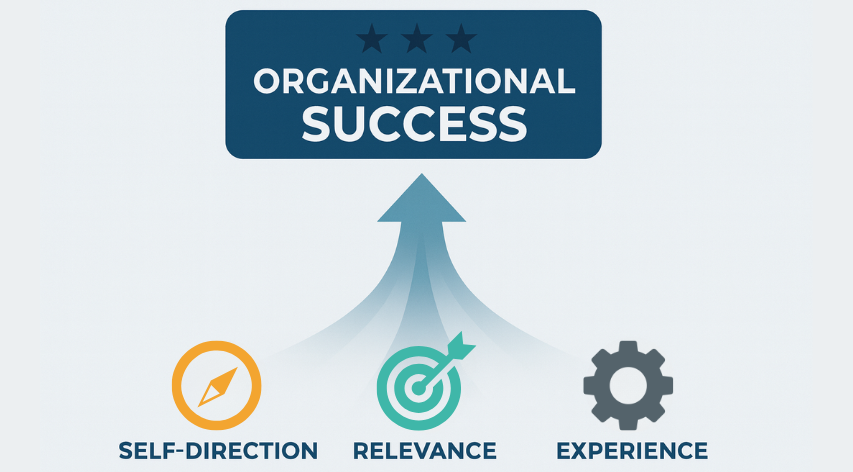What is in Your Inspection Continuous History Report? Part 2: Common Pitfalls
An exerpt from Inspectioneering Journal, May | June 2024 Issue https://inspectioneering.com/
To support mechanical integrity (MI), petroleum refining and chemical plants spend significant resources evaluating the condition of pressure equipment within their facilities, particularly when performing onstream or internal inspections. One of the most significant and valuable products generated by spending these resources is the inspection continuous (progressive) history report (ICHR) that is primarily prepared by the plant inspector, which should completely and consistently capture and analyze the data gathered during the inspections throughout the operating history of the equipment. This ICHR is crucial in establishing current and future condition assessments for the equipment in question and crucial in supporting the other mainstays of current plant MI practices, such as corrosion control documents (CCDs), integrity operating windows (IOWs), and risk-based inspection (RBI). These provide real-time data assessment points regarding the impact of plant operation exposure to the degradation mechanism(s) that may be occurring within the equipment.
Despite some rudimentary guidance provided in industry standards such as API 510 and API RP 572, the author’s experience with current consulting support of CCD, IOW, and RBI development is that the range of quality of what is reported in the ICHR begs for improved guidelines on what information should be included [1,2]. This is the second of a three-part series of articles covering this subject. Part 1 focused on setting the framework of what an ICHR structure should include [3]. This article (Part 2) focuses on specific pitfalls and recommendations for what crucial details should be included in the foundational equipment data, historical background information, inspection data, and inspection information sections of the framework. Part 3 will present further suggestions regarding documenting the advancement of the ICHR to include the knowledge and wisdom portions of this framework in support of generating sound recommendations for maintaining the equipment’s mechanical integrity, improving the capability of today’s plant inspector, and facilitating evergreening of supporting MI processes.
This article will discuss some of the pitfalls commonly seen when reviewing ICHRs within the context of the Data, Information, Knowledge, Wisdom framework, usually as background info when preparing for CCD/IOW/RBI development. This provides a basis for recommendations on improving the content and process in generating an ICHR.







